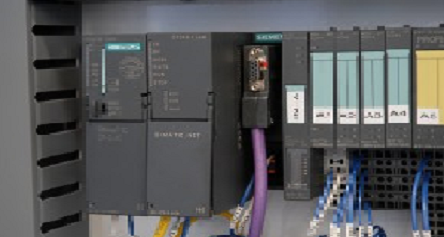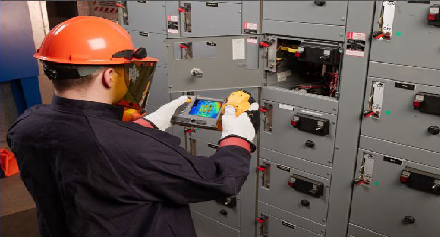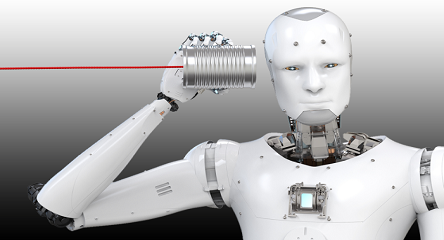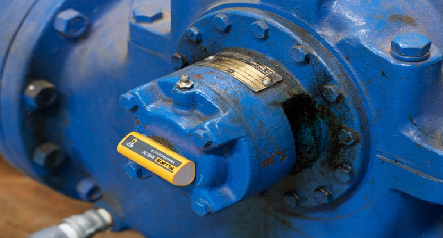Industrial Artificial Intelligence (IAI) has one of the greatest potentials to affect the way companies manage their maintenance practices. Letting Machine Learning (ML) and algorithms take more responsibility can lead to more productive work routine and less unplanned stops and the high costs associated with it. But even with several proof points, why are maintenance professionals, particularly vibration analysts, still skeptical about it?
Part of it comes from the expectation that AI is only valuable in maintenance when it replaces human experts. Complete and full automation of vibration analysis, diagnostics, and recommendations became a common promise. Both providers and customers strive for the perfect AI system that can solve the equation of the ever-growing number of monitored machines with a limited workforce of vibration experts.
This mismatch between expectations and what is viable (and valuable!) is particularly strong among professionals in heavy industries. This can be majorly attributed to the large variations in machines, their utilization and the processes across industries.
We have seen in the market that the diagnosis performance of many automated systems is about 40% to 80%, depending on the machine and the industry. In most situations, recommendations for actions on the machine or process are more critical than diagnosis itself. Unfortunately, the performance of recommendation systems can be as low as 20%. Furthermore, automated diagnostics and recommendations both suffer from a high rate of false alarms, which is the worst enemy of any new detection technology and aggravates mistrust and resistance towards AI.
Coming up with an accurate maintenance recommendation is dependent on many different factors. Specifically, it is not given that rule-based automated solutions may cover all industries, and even all the possible issues that can be encountered within the same industry. In recent interviews with vibration analysts, a recurrent story is that if they have to perform a recommendation, they must consider several other elements, like the plant’s environment, extra analysis with handheld devices, how the interconnected systems look like, among others.
Machine Learning systems can only be built based on data that is being measured and seen, and most of the time, the contextual information is not collected in a sufficiently structured way. Even if the information were to be available, it is normally not part of a centralized system distributed to many different stakeholders. If something is not being observed or measured, it becomes impossible to make an automated recommendation. In short, recommendations rely much on context information that is outside vibration data. And only human experts are currently capable of doing it at a satisfactory performance rate (detection rate and false alarm rate).
However, it is not realistic to expect that vibration analysts will be able to manage the growth in the data from more machines and sensors. In a recent conversation with an expert vibration analyst, I was told that he analyzes data from around 300 machines per month. The amount of context needed to make a precise diagnostic makes it more effective to hire and train an entry-level analyst rather than expect a fully automated system to work. Yet, finding specialists within vibration analysis is not an easy task, as there’s been a competence shortage.
In addition to the growing workload, most of the time is spent looking at data that is normal or collecting random measurements to get a view of the machines’ health. None of these are efficient, and it’s exactly where AI can make the most difference by assisting human experts, without the aim of replacing them.
This is not possible with a system based on rules. Any solution should be a system that looks at how the vibration spectrum evolves over time, detects anomaly and changes in the state of the machine, and indicates what parts of the data or which machines have suspicious behavior. Then, instead of having to check 50 machines to find something among the data, the vibration analyst can look at data from the top 50 suspicious or risky machines that have been selected by powerful Machine Learning algorithms that are continuously screening the health of thousands of machines.
One sure way of making a difference in predictive maintenance is through these algorithm-aided human (expert) recommendation systems. Think of it as having AI as an assistant analyst, that looks through the sea of data and pre-selects what needs attention. But the vibration expert will always have the final word on the recommendation, delivering high-quality diagnostics and recommendations with minimal false alarms.







Great thread, this is the point I have been making with automated systems, decision support and assistant systems. the Human still needs to make the final call.